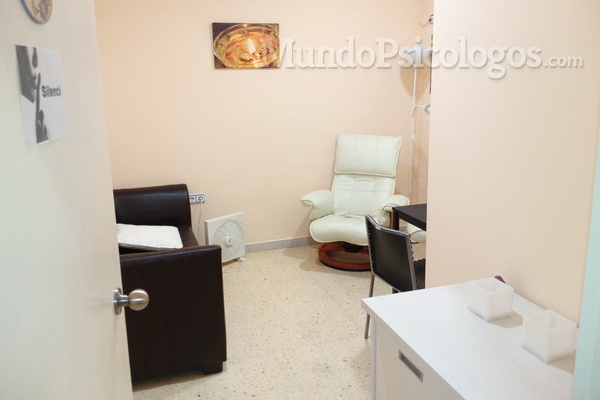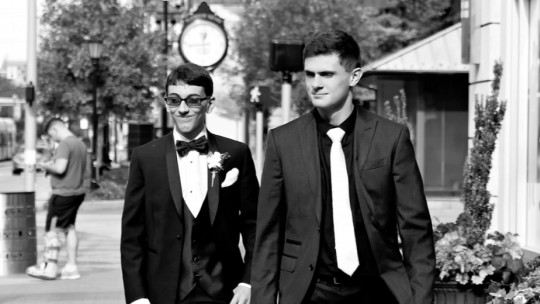There are different types of Curriculum Vitae that will help us demonstrate the strengths we have: our experience, our academic level, the languages we master, etc. When we are looking for a job, the CV is going to be our presentation letter that is, our advertisement so that the company we want to work for is interested in our profile.
Therefore, it is no waste of time to focus our efforts on making the CV impeccable.
The different types of resume
In each of the types of resume, the same information can be organized in very different ways Depending on the structure, we will give more importance to some aspects and not others, and we will be able to benefit from different types of resumes to show what interests us most.
In our article “10 tips to improve your CV” we already gave information on how to create a successful CV. Below, we present the different types of resumes that, depending on the way the information is organized, you can use when preparing your CV.
4 types of CV: how do I know which one is best for me to use?
Let’s start with the first CV (and also the most commonly used): the Chronological CV
1. Chronological resume
This type of resume is the most traditional and used, since it highlights the professional career in an organized way. It is used to highlight that progress has been made in a certain field and shows the order that has been followed throughout the professional and educational career. Therefore, the information is organized from the oldest achievements to the most recent. Unlike other types of resumes, highlights stability and the upward evolution of the career, and highlights the promotion, the increase in tasks or the rise in the professional ladder.
Strengths of the chronological CV
He chronological resume should be used in the following situations:
Disadvantages of the chronological CV
On the other hand, this resume also has its drawbacks:
This type of resume highlights skills , and it is useful if one has had different experiences in fields that show important competencies. Therefore, unlike the chronological CV, it does not present the time spent in the company, but rather the variety of functions performed
This type of CV indicates three to six functional areas in which work has been done. For example, if a person applies for a receptionist position in a hotel, the different functional titles on their resume could be: tour guide, customer service (having worked in a customer service office in a shopping center) and language teacher. This provides information to the recruiter that he may be a good candidate for the position: he speaks languages, has worked with the public and has worked in the tourism environment.
Strengths of the functional CV
He functional resume should be used in the following situations:
Disadvantages of the functional CV
The drawbacks of this resume format are:
3. Mixed (or combined) curriculum
He mixed curriculum or combined is a mix of the two previous types of resume It normally begins with a functional description of the competencies or skills, followed by a chronological order of the individual’s career. Therefore, the format combines the strengths of the two previous types of CV.
Strengths of the mixed CV
The mixed resume should be used when desired highlight experience and skills that the candidate presents depending on the position for which he is applying. Furthermore, this CV model is not perceived negatively by some recruiters, since it shows periods of inactivity.
Disadvantages of a mixed CV
Like other types of resume, mixed CV also has drawbacks:
In addition to these types of resumes based on the organization of information, the resume can be presented, for example, with an artistic touch (if applying for a job related to art) or more formal (if applying for a job in a office). Currently, use is even made of video resume instead of paper format.
4. The video resume
He video resume shows the candidate in a recording that It is not recommended that it be longer than one minute (It is not advisable for it to last more than two minutes). This format is ideal for showing communication skills or active personality and dynamic, and opens communication channels such as visual communication, which are not present in the written format. Additionally, the video resume can incorporate creative elements such as completed projects, photographs, etc.
It also allows you to demonstrate professional skills, such as language proficiency or some talent, or good appearance or image. The video resume is an original way to present the application, although not all companies allow this format. Even so, it is widely accepted in the audiovisual or marketing world.









